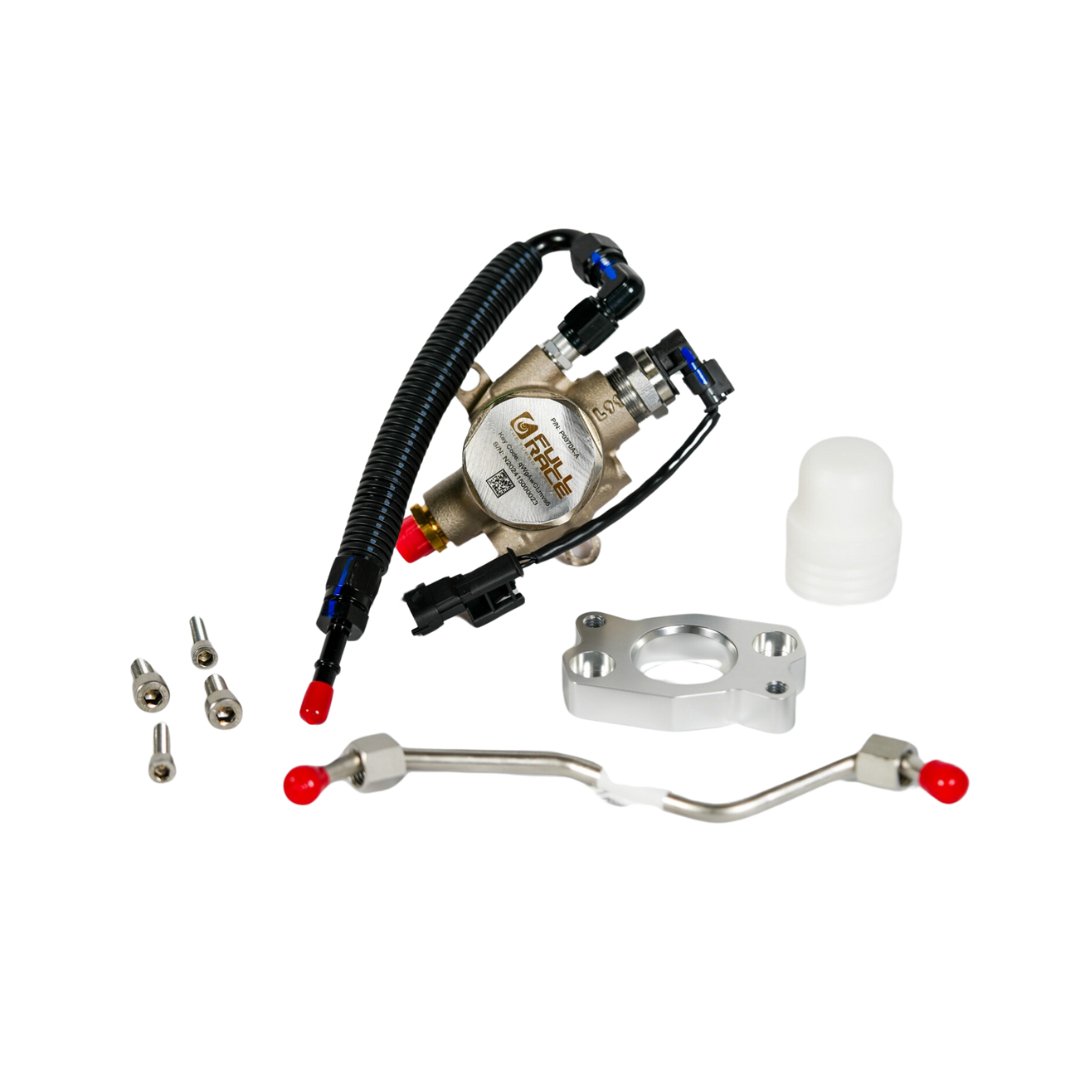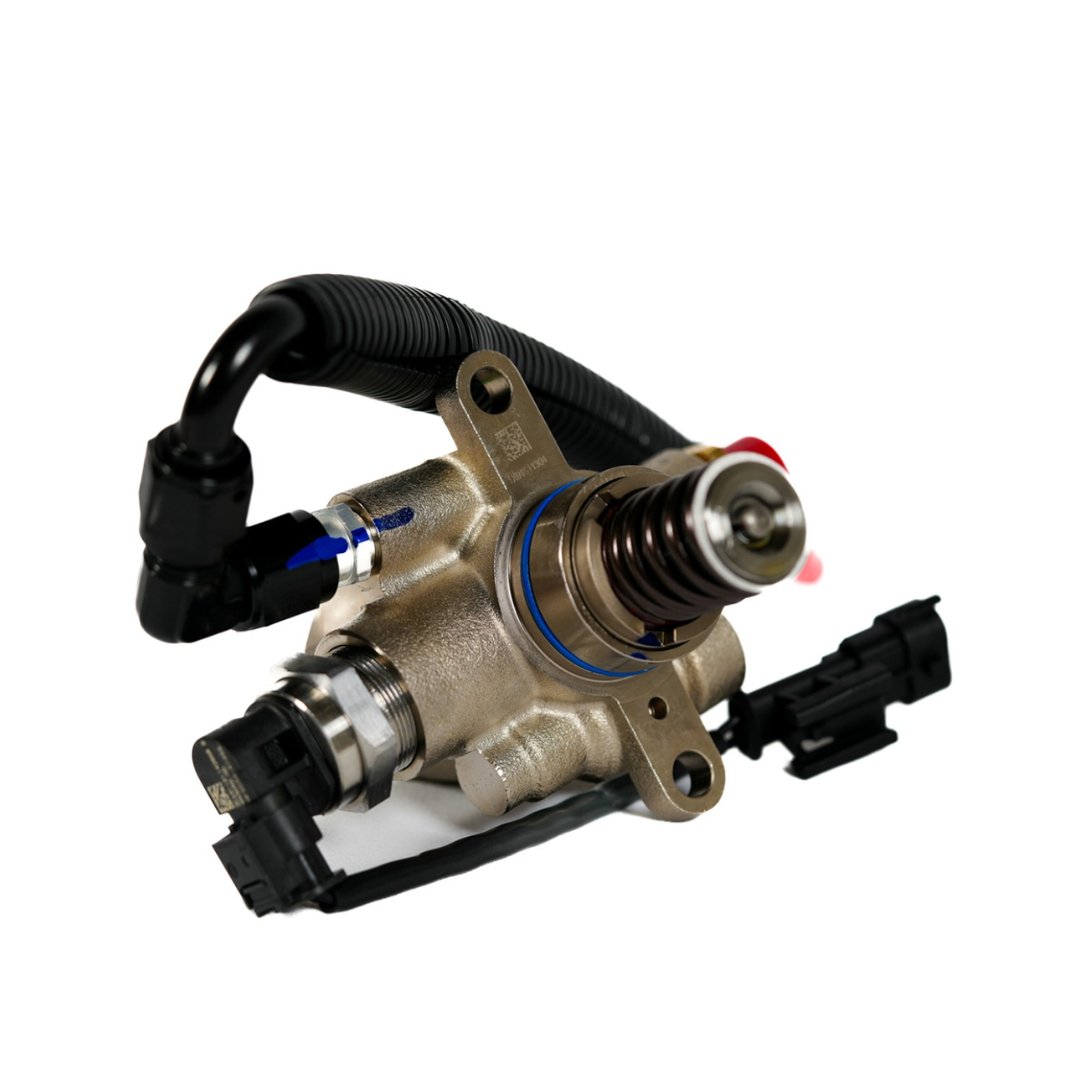Full-Race
Full-Race High Pressure Fuel Pump (HPFP) | 17-23+ Civic Type R FK8 & FL5, 23+ Integra Type S DE5
Full-Race High Pressure Fuel Pump (HPFP) | 17-23+ Civic Type R FK8 & FL5, 23+ Integra Type S DE5
通常価格
$1,999.99 USD
通常価格
$1,999.99 USD
セール価格
$1,999.99 USD
単価
あたり
配送料はチェックアウト時に計算されます。
受取状況を読み込めませんでした
$1,999.99
Fits:
- 2017 - 2021 Honda Civic Type R FK8
- 2023+ Civic Type R FL5
- 2023+ Integra Type S DE5
_______






